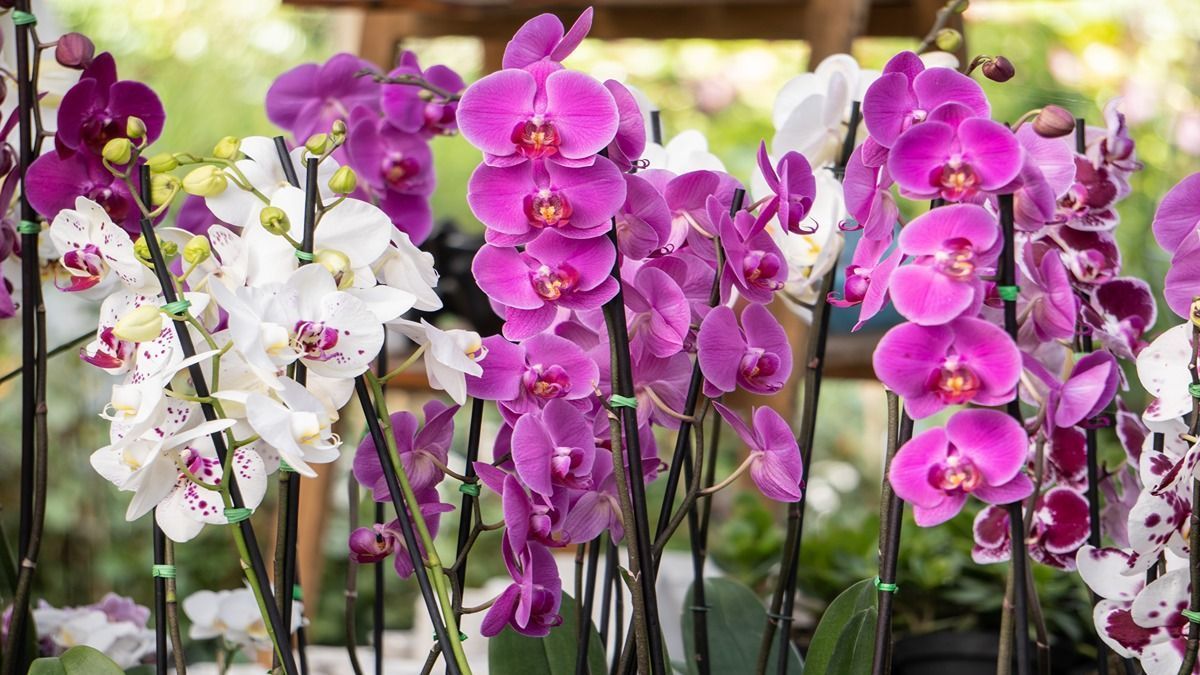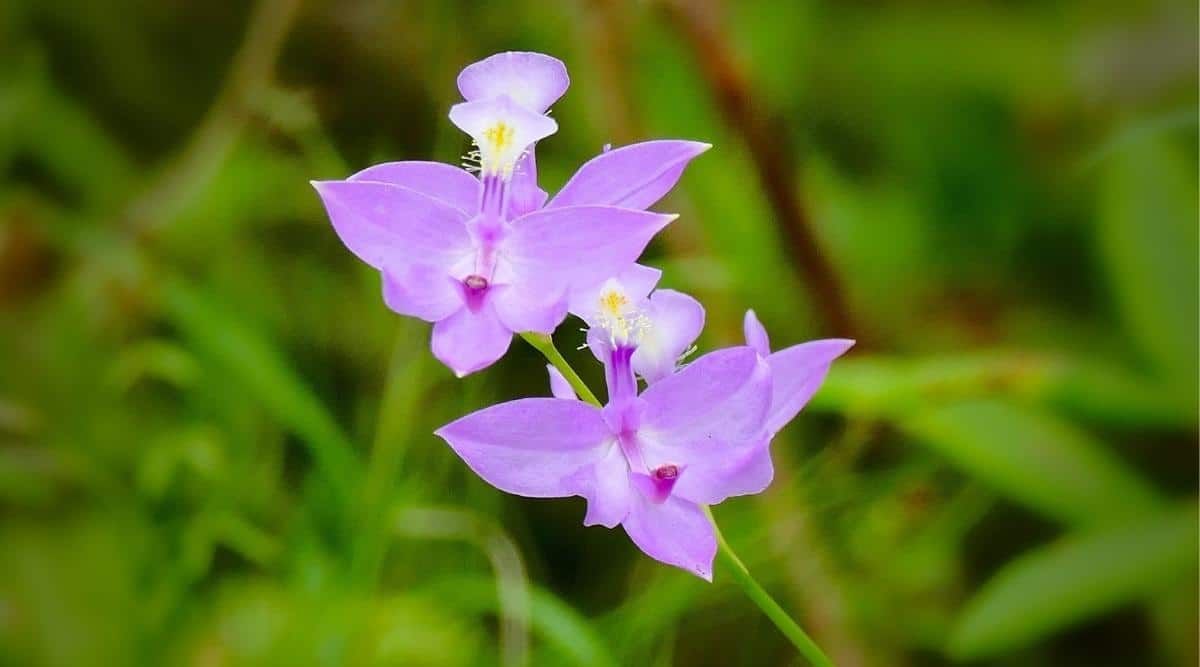
“
Orchids are remarkable plants found on every continent except Antarctica, showcasing a wide range of adaptations. With over 25,000 species, they exhibit unique features like aerial roots and diverse flower shapes. From their role in ecosystems to their use in vanilla production, orchids are both fascinating and vital to our understanding of plant diversity. Let's dive into 20 lesser-known facts about orchids that will captivate young minds.1
1
”
Orchids can be found on every continent except Antarctica. They grow in a variety of climates, from tropical rainforests to arctic tundras, showcasing their incredible adaptability and resilience in diverse environments.1
Orchids make up the largest family of flowering plants, with over 25,000 documented species. Each species has its distinctive shape, color, and fragrance, contributing to their stunning diversity and widespread popularity. 2

Kevin Englisch's orchid plant set a record with 159 blooms in Waterloo, Ontario, Canada, on March 21, 2024. This impressive achievement highlights the incredible potential and beauty of orchids. The event showcased the extraordinary capacity of these remarkable plants.
The orchid Galeola foliata, a saprophyte from the vanilla family, can grow up to 15 meters (49 feet) tall in the decaying rainforests of Queensland, Australia. It relies on other trees for support in its lush, humid habitat.3
Orchids often have aerial roots that absorb moisture and nutrients from the air. These roots help them thrive in their natural habitats, including trees and rocks, allowing them to flourish in places where soil is scarce or absent. 4
Some orchids can live for decades or even up to a century. Their longevity makes them symbols of endurance and resilience in nature, often outlasting many other plant species in their ecosystems. 5

Orchid flowers come in a staggering array of shapes and sizes, from tiny blossoms less than a centimeter wide to large, showy blooms several inches across. This variety makes them a favorite among flower enthusiasts and collectors.
The largest orchid flower belongs to Paphiopedilum sanderianum, also known as Jacob's Ladder, with petals that can grow up to 90 cm (3 feet) long in the wild. This remarkable species was discovered in the Malay Archipelago in 1886. 6
The vanilla orchid, native to Mexico, is the only orchid species used for commercial food production. It produces pods from which vanilla flavoring is extracted, making it an essential ingredient in many culinary delights.7
The world’s only underground flowers are found in an orchid species. These rare orchids, which bloom entirely below the soil's surface, have adapted to their subterranean environment, making them a unique and fascinating part of the plant kingdom. 8
Many orchids are epiphytes, growing on other plants without harm. Each bloom cycle lasts 1 to 2 months, with some orchids blooming multiple times a year. With proper care, orchids can live for several years, often producing new flowers annually. 9

Some orchids look like monkeys, dancing ladies, and even insects. Their diversity in appearance is truly remarkable, with some species resembling animals or mythical creatures, captivating the imagination of onlookers.
In the UK, one of the rarest wild orchids, the lady’s slipper orchid, is protected by security cameras. Rediscovered in 1930 after being thought extinct, its location remains secret, with surveillance and wardens ensuring its protection and conservation. 10
Certain orchid species have medicinal properties and are used in traditional medicine to treat ailments ranging from coughs to digestive issues. This highlights their importance beyond their aesthetic appeal. 11
Orchid flowers are often upside down, with the lip (labellum) positioned at the bottom and the other petals and sepals oriented above it. This unique arrangement aids in attracting and guiding pollinators to the flower's reproductive parts. 12
Orchids are often hybridized to create new colors and patterns. This practice has led to the development of countless unique orchid cultivars, prized by collectors for their extraordinary and varied appearances. 13

Orchids are the national flowers of several countries. In Singapore, the Vanda Miss Joaquim is honored, while Honduras celebrates the Cattleya skinneri. Thailand also values orchids for their cultural and ceremonial significance, reflecting their beauty and importance across these nations.
Orchids play vital roles in ecosystems by offering food and shelter to insects, birds, and other wildlife. Their presence fosters biodiversity, supporting a diverse array of life forms. By contributing to this ecological balance, orchids help sustain healthy environments. 14
Orchids reproduce through tiny seeds that require specific fungi to germinate. This symbiotic relationship is essential for their survival in the wild, highlighting the intricate connections within ecosystems. 15
Efforts to conserve orchids involve protecting their habitats, combating illegal trade, and raising awareness about their importance in global biodiversity. These measures are vital for ensuring the continued existence of these extraordinary plants. 16


